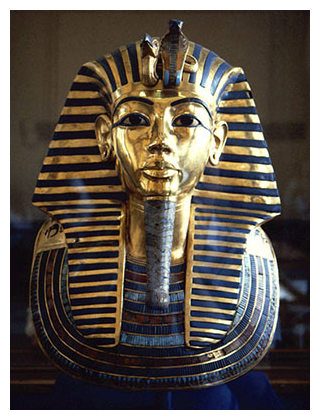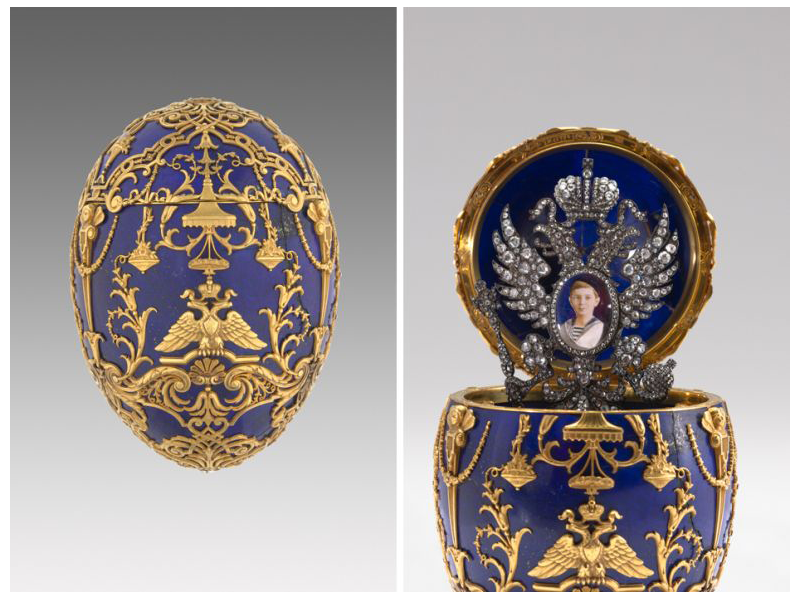Lapis lazuli is a rock famous since ancient times for its bright blue color. It is a transformed rock, that is, a rock that has undergone changes in its composition and structure due to high temperatures and high pressure. The main ingredient of the rock is the lazurite, to which lapis lazuli owes its intense blue color. The rock could contain other minerals as well, like pyrite crystals that are responsible for the yellow metallic flashes.
The lapis lazuli color is influenced by the type and proportion of the minerals present in the rock. Even though the rock is most famous for its deep blue color, lapis lazuli is found in nature in shades of green-blue to purple-blue. In its most valuable form, lapis lazuli has a uniform, deep blue color and may have none or a few scarce golden specks of iron pyrite, which usually do not affect the value of the rock. Conversely, if there are white spots of calcite, then these are likely to reduce the value of the rock. The hardness of the lapis lazuli on the Mohs scale is 5-5.5 and is usually cut into cabochon or beads.

In Afghanistan, the mining of lapis lazuli began in the 7th millennium BC. and its reputation spread quickly to Egypt and Mauritania. Sumerians, Egyptians, and Greeks, mainly from Mycenae, used lapis lazuli to create jewelry, amulets, and ornaments. In ancient Egypt, scarabs were scrawled on lapis lazuli stones and used as an amulet, while Cleopatra used lapis lazuli powder as an eyeshadow.
In Mycenae, lapis lazuli was mainly used in jewelry, while in Western Europe the rock came much later. It began to be introduced in the late 15th century AD. and was widely used in painting, as the stone was turned into powder and then in the ultramarine color used by famous painters of the time such as Titian and Vermeer at central figures in their religious paintings.
The mines in Afghanistan and Pakistan remain the most important sources of lapis lazuli, but in recent years lapis lazuli mines in Mongolia, Italy, Canada, the USA, Baikal Lake of Russia and the Andes in Chile have significant lapis lazuli production. Nowadays, lapis lazuli is mainly found in jewelry and less in carved, decorative items.
Tutankhamun Funeral Mask

Tutankhamun's gold funeral mask is one of the world's most famous works of art. It is made of lapis lazuli, quartz, turquoise, amazonite, and several other precious stones.
Tsarevich Faberge Egg

The Tsarevich Faberge Egg was built in 1912 under the supervision of Peter Carl Faberge for Tsarina Alexandra Fyodorovna in honor of her son and throne successor, Charevic Alexis. It is made of gold and lapis lazuli and decorated with diamonds.